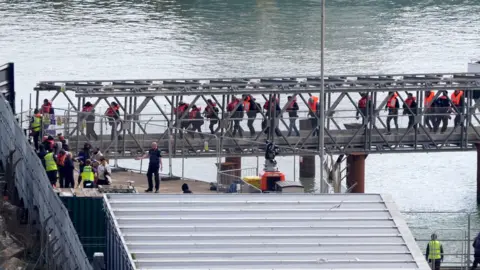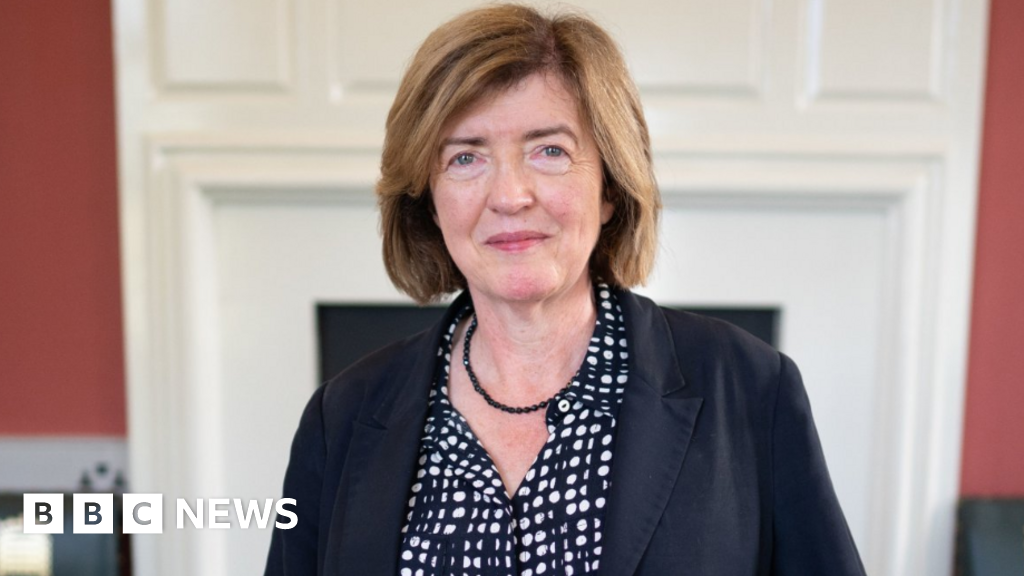Tropical Storm Milton, currently in the Gulf of Mexico, has strengthened throughout the weekend and is expected to become a hurricane later Sunday, according to an advisory posted by the National Hurricane Center (NHC) on Sunday morning at 9 a.m. EST.
The NHC stated that a National Oceanic and Atmospheric Administration (NOAA) aircraft showed Milton gaining strength, and there is an increased “risk of life-threatening impacts” for parts of the Florida West Coast.
Currently, a “Tropical Storm Watch” is in effect for the coast of Mexico from Celestun to Cancun, though interests remain throughout the Yucatán Peninsula, Florida, the Florida Keys, and the northwestern Bahamas.
Hurricane and storm surge watches could be required for portions of Florida later on in the day.
On Saturday afternoon, Florida Governor Ron DeSantis declared a State of Emergency for 35 counties, writing that the storm will impact “communities still recovering from recent Major Hurricane Helene.” As of Sunday morning, that State of Emergency has been expanded to 51 counties.
In a press conference on Sunday morning about disaster preparedness, DeSantis focused on containing the effects of debris from Helene ahead of Milton’s arrival. He urged residents to prioritize preparation throughout the rest of the weekend, Monday, and Tuesday.
“We are using every resource at our disposal to help our local communities to get the debris out…this is all hands on deck,” DeSantis said. “This is not a good track for the state of Florida.”
As of early Sunday morning, Milton’s center was moving slowly eastward, and is forecast to quicken across the Gulf of Mexico and reach the west coast of Florida during the week. The storm’s winds increased to 60 m.p.h as its eye currently lies around 850 miles west southwest of Tampa, Florida.
Rainfall amounts are predicted to be 5 to 8 inches, with localized targets up to 12 inches through Wednesday night in Florida which bring “risk of flash, urban, and areal flooding.” Mexico is expected to get less rainfall—2 to 4 inches—across the Yucatán and Cuba. Surf swells are also expected across “much” of the coast of the Gulf of Mexico, which could cause “life-threatening surf and rip current conditions.”
Milton comes on the heels of an already extremely active hurricane season, especially for Florida.
Read More: Here’s What You Need to Know About Hurricane Kirk’s Expected Path
Less than two weeks ago, Florida’s west coast was hit hard by Hurricane Helene, which made landfall in the state as a Category 4 storm. The devastation and damage from Helene spread from Florida, with its death toll—per the the New York Times as of Friday afternoon—climbing to at least 225 people. The NHC is also tracking Hurricane Leslie and Hurricane Kirk, though the former currently poses no hazard to land, and the latter’s impact currently is contained to surf swells causing “rip current conditions.”













































































































































You must be logged in to post a comment Login